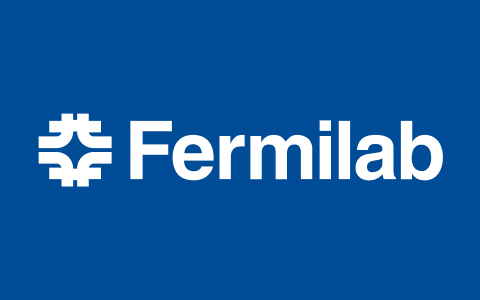The hottest job in physics?
Accelerator scientists are in demand at labs and beyond.

91 - 100 of 102 results
Accelerator scientists are in demand at labs and beyond.
From Silicon Republic, April 8, 2016: Researchers in the United States, including Fermilab researchers, and CERN have teamed up to produce 20 new accelerator magnets, which, when put together into the next LHC in 2026, will up its power by a factor of ten.
A partnership between three national U.S. laboratories and CERN to upgrade the LHC has yielded the strongest accelerator magnet ever created.
The first cryomodule for SLAC’s future light source, LCLS-II, is on schedule to be delivered at the end of the year.
Learn some particle accelerator basics from a Fermilab accelerator operator.
I’d worked at the campus particle accelerator lab all four years of college and had built a couple particle accelerators at home. I brought my own cyclotron to my interview here. I think they hired me to keep an eye on me.
The Proton Improvement Plan II, or PIP-II, is a proposed project to improve Fermilab’s particle accelerator complex with a major hardware overhaul and a powerful boost in its capabilities.
The MicroBooNE collaboration announced that it has seen its first neutrinos in the experiment’s newly built detector.
The Department of Energy’s Fermi National Accelerator Laboratory in Batavia, Ill., today announced the signing of a new Memorandum of Understanding with four Indian institutions.
Scientists of the U.S. Department of Energy/Office of Science’s Fermi National Accelerator Laboratory and collaborators of the US/CMS project have joined colleagues from around the world in announcing that the world’s largest superconducting solenoid magnet has reached full field strength in tests at CERN, the European Particle Physics Laboratory.